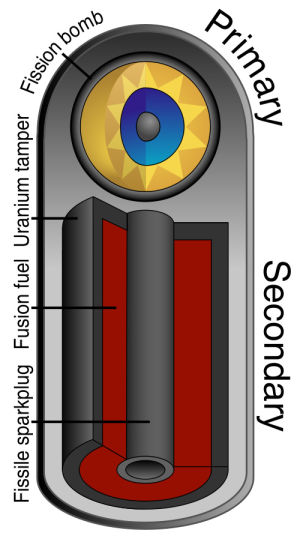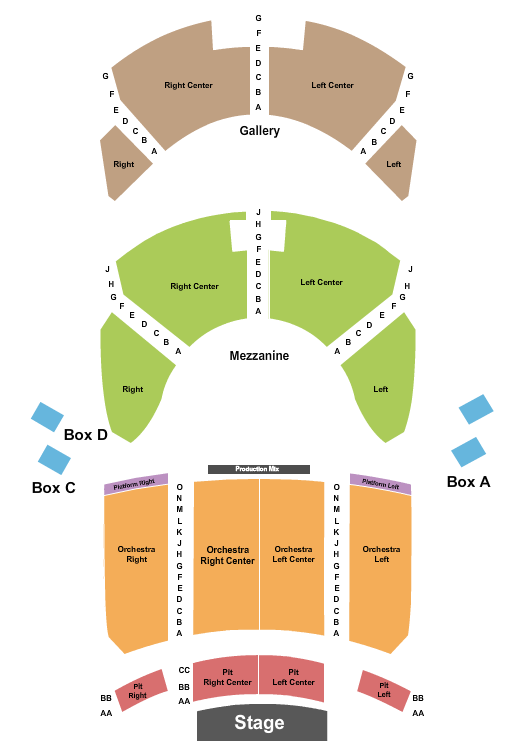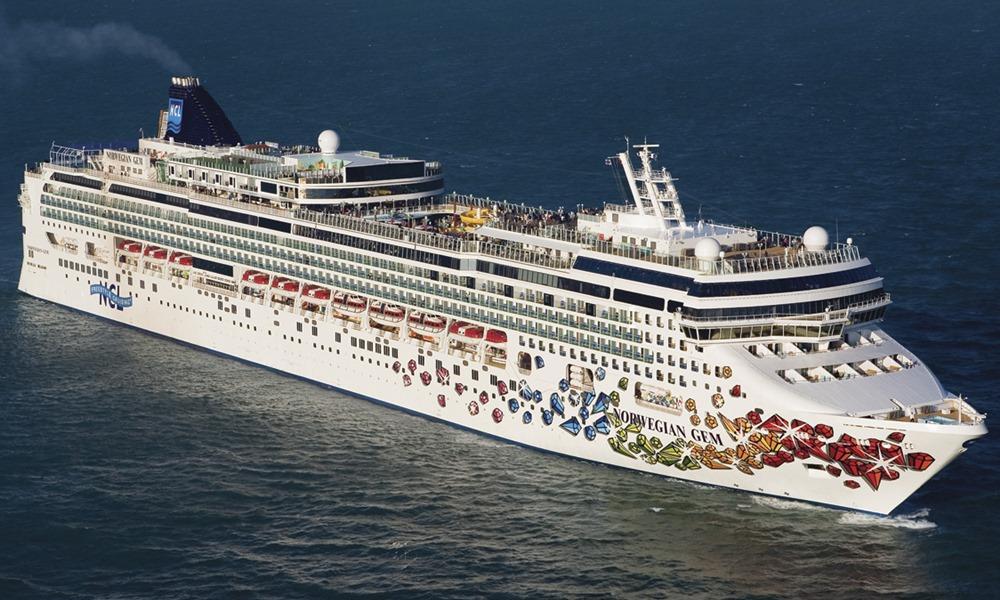Table Of Content

With the completion of Castle, the feasibility of lightweight, solid-fuel thermonuclear weapons was proved. Refinements of the basic two-stage Teller-Ulam configuration resulted in thermonuclear weapons with a wide variety of characteristics and applications. Some high-yield deliverable weapons incorporated additional thermonuclear fuel (lithium deuteride) and fissionable material (uranium-235 and uranium-238) in a third stage.
Stanford University, Winter 2015
Gordon Dean, chairman of the AEC, convened a meeting at the Institute for Advanced Study in Princeton, New Jersey, hosted by Oppenheimer, on June 16–17, 1951, where the new idea was discussed. In attendance were the GAC members, AEC commissioners, and key scientists and consultants from Los Alamos and Princeton. The participants were unanimously in favour of active and rapid pursuit of the Teller-Ulam principle. The other means became apparent between February and April 1951, following breakthroughs achieved at Los Alamos.
The Infamous Teller-Ulam Report (
Anyway, after the section quoted above, we have several totally blanked out pages. Then we have some rather technical discussion of sound velocities in various medium; presumably this involves Ulam’s plan to use the shock wave of the fission bomb to compress the “secondary” system. So they’re using “heterocatalytic” as a foil to “autocatalytic.” An autocatalytic reaction is one where the reaction is increased by the action of the reaction itself.
The weapons are tested

Deuterium, the sole fuel in reactions 2 and 3 (see Fusion Principles), is relatively cheap (especially considering its enormous energy content) and is completely stable. Pure deuterium has been used in at least one fusion weapon test - Ivy Mike, the first true fusion weapon explosion in history (1 November 1952). It must either be highly compressed, or liquified at extremely low temperatures. This problem can be overcome by combining the deuterium chemically with lithium to form lithium deuteride, a stable solid. An additional benefit is that through reactions 5 and 6, the lithium can itself participate in the fusion reaction.
The United States Developments
The Spy, the Human Computer, and the H-bomb - The Nuclear Secrecy Blog
The Spy, the Human Computer, and the H-bomb.
Posted: Fri, 23 Aug 2013 07:00:00 GMT [source]
After 1992, computers and nonnuclear tests were used to validate the safety and reliability of America’s nuclear stockpile—though the view was widely held that entirely new computer-generated weapon designs could not be considered reliable without actual testing. With the Teller-Ulam configuration proved, deliverable thermonuclear weapons were designed and initially tested during Operation Castle in 1954. It used solid lithium deuteride rather than liquid deuterium and produced a yield of 15 megatons, 1,000 times as large as the Hiroshima bomb. Here the principal thermonuclear reaction was the fusion of deuterium and tritium. The tritium was produced in the weapon itself by neutron bombardment of the lithium-6 isotope in the course of the fusion reaction.
Biographical Memoirs: Volume 90
Biographic Memoirs Volume 90 contains the biographies of deceased members of the National Academy of Sciences and bibliographies of their published works. Each biographical essay was written by a member of the Academy familiar with the professional career of the deceased. For historical and bibliographical purposes, these volumes are worth returning to time and again.
Ivy Mike
One is the fact that this document is redacted to the point of almost being useless. The introduction is nice (compression is important!) and the clarification of what “heterocatalytic” means is helpful, but other than that, it doesn’t tell you a whole lot by itself, without being contextualized through all sorts of other sources.
Using lithium deuteride instead of liquid deuterium eliminated the need for cumbersome cryogenic equipment. All thermonuclear weapons existing in the world today appear to be based on a scheme usually called the "Teller-Ulam" design (after its inventors Stanislaw Ulan and Edward Teller), or "staged radiation implosion" for a physically descriptive designation. Other designs have been devised that use thermonuclear reactions to enhance weapon yield in various ways, but the term "hydrogen bomb" can be taken to be virtually synonymous with this scheme.
The transport of energy by radiation from the fission core greatly exceeds the core's expansion rate (a mere 1000 km/sec or so). It is possible then to use this energy to compress, and ignite a physically separate mass of fusion fuel (the seond stage) through radiation implosion before the expanding trigger disrupts it. Using the easy to ignite, but very costly, tritium-deuterium fuel it is possible to ignite a reasonably efficient fusion burn in fuel at normal densities using the heat from a fission explosion ( million degrees K). However, it is militarily desirable to use fuels that are cheaper, and more stable than tritium.
[3] From this leap Teller then proved that the gamma radiation produced in the primary stage could be transferred and used in the second stage to create a successful implosion. [1] This work lead to various projects ("operations") that ended in many different thermonuclear weapons testing. It is unlikely that the fissionable rod reaches such extreme compression however. Located at the center, it will experience an extremely violent shock wave that will heat it to high temperatures but compress it only modestly, increasing its density by a factor of 4 or so. Depending on the degree of symmetry, and the physics of the particular capsule collapse process higher densities are possible. Thermalized neutrons trapped in the fusion fuel, which are left over from the intense fission neutron flux, initiate a chain reaction as sson as the rod becomes critical.
A thermonuclear weapon or more commonly known as a hydrogen bomb/H-bomb is a two-stage nuclear weapon that uses the energy from a principal nuclear fission reaction to ignite a secondary reaction. It is referred to as a hydrogen bomb because it primarily employs the hydrogen fusion process. This results in an increased explosion power when compared to other single stage devices. Such weapons are currently considered as those that have the largest megaton yield. The Teller-Ulam configuration makes use of the fact that at the high temperatures of a fission bomb 80% or more of the energy exists as soft X-rays, not kinetic energy.
The work required to compress a gas is proportional to its temperature (at these pressures the physical strength of materials is negligible, and everything can be considered a gas). To minimize the work required for compression, or alternatively to achieve maximum compression for a given amount of work, it is important to keep the fusion fuel from getting hot until after the desired density is reached. In September 1951, Los Alamos proposed a test of the Teller-Ulam concept for November 1952. The device weighed 82 tons, in part because of cryogenic (low-temperature) refrigeration equipment necessary to keep the deuterium in liquid form. It was successfully detonated during Operation Ivy, on November 1, 1952, at Enewetak.
























